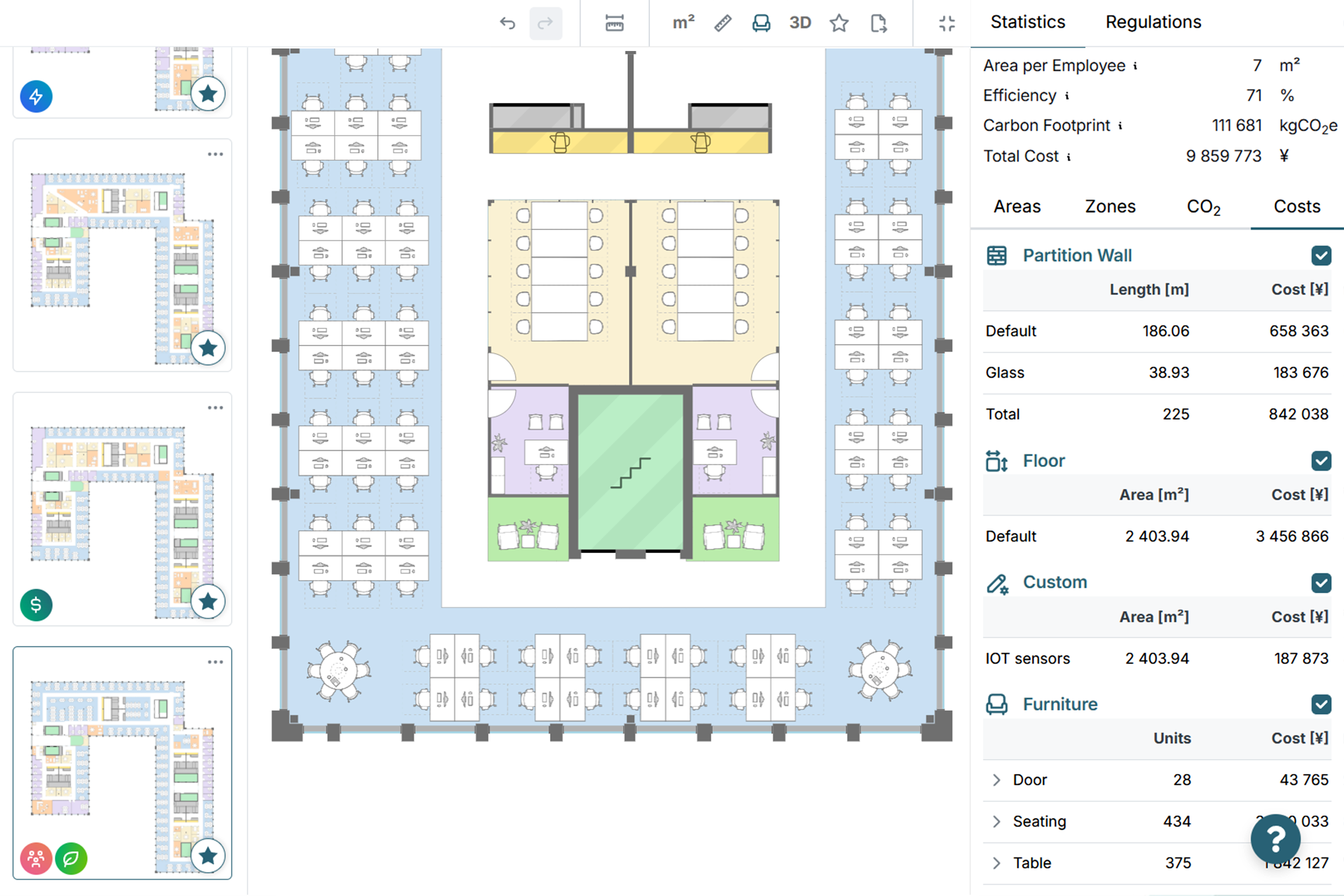
In commercial real estate, every day counts - and every inefficiency costs you. Yet across the industry, many landlords, brokers, and asset managers still rely on manual, time-consuming floor plan processes: PDFs shuffled back and forth, endless email chains, and revisions that take days or weeks.
If this sounds familiar, you’re not alone. But there’s a reason more CRE pros are making the switch to digital, interactive layout tools. The old way isn’t just slow - it’s expensive, in ways that often go unnoticed. Here are the five hidden costs of sticking with manual floor planning.
Manual floor plan workflows are slow by nature. Waiting for an architect or designer to update a layout? Chasing approvals across different teams? Those hours add up - and so do the lost opportunities.
The reality:
When floor plans are static, it’s hard to test “what if” scenarios on the fly. Tenants want to see options - fast. Manual processes make it difficult (or impossible) to iterate in real time, leading to generic solutions and missed opportunities to wow a prospect.
The hidden cost:
Manual processes breed mistakes: wrong version, missed edits, miscommunication between teams. Each small error means more back-and-forth - more rework, more emails, more meetings.
The result:
With manual planning, analyzing different space utilization scenarios is slow and often skipped altogether. That means spaces are often leased or refurbished without truly optimizing for tenant needs - or for revenue.
The impact:
Today’s tenants - especially in tech and high-growth sectors - expect modern, digital-first experiences. If your process feels clunky, slow, or outdated, it doesn’t just cost you time; it erodes your brand and makes it harder to attract top tenants.
The hidden impact:
Switching to platforms like laiout isn’t just about speed - it’s about unlocking value at every stage. Instantly generate, adjust, and share floor plans. Collaborate live with prospects. Test layouts, show cost and sustainability metrics, and keep everyone on the same (digital) page.
The result?
Faster deals, fewer mistakes, happier tenants - and a reputation as a forward-thinking, modern real estate partner.
The “cost” of manual floor plan processes is more than just a line item. It’s a drag on every part of your leasing, marketing, and operations. In today’s competitive CRE landscape, moving to digital, interactive planning isn’t just an upgrade - it’s the new baseline.
Ready to leave hidden costs behind?
See how laiout can help you unlock efficiency, win deals, and delight tenants with every layout.
Find out the latest news involving laiout, AI Floor plan generation and Proptech.